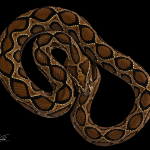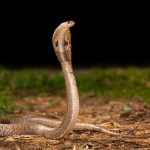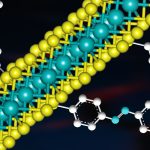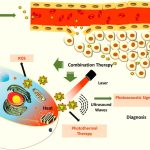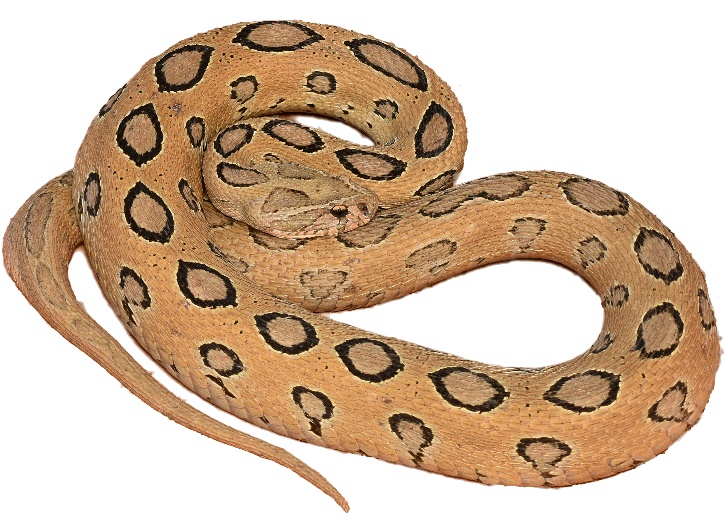
In India, snakebites kill around 58,000 people annually and disable many more, and a majority of these snakebites are attributed to the ‘big four’ – the Russell’s viper (one of the deadliest snake species in the world), the spectacled cobra, the common krait and the saw-scaled viper. Its treatment involves the administration of commercial antivenom. However this treatment does not always prove effective, and so far, few efforts have been made to understand why this is so.
In a recent study, researchers at the Centre for Ecological Sciences (CES) and collaborators have demonstrated that the venom of Russell’s vipers shows dramatic differences in composition and toxicity based on geographical location. They also found that the commercial antivenom treatment for Russell’s viper venom works as marketed for most populations of this snake, except the North Indian populations. This is in contrast to a previous study on cobras, which showed similar variation in venom based on location, but the commercial antivenom treatment was not effective against most populations.
Antivenoms are cocktails of antibodies that bind to the toxins in the venom and neutralise them. But even when this binding is seen in lab-based experiments, it is not sufficient to predict whether this will happen inside the human body, points out Kartik Sunagar, Assistant Professor at CES and the corresponding author of the study. Commercial antivenoms are often deployed in the market without preclinical assessments (using animals) or clinical studies involving humans.
The researchers collected venom from 48 individual Russell’s vipers in five biogeographical regions of India, and tested how well the antivenom neutralised them in mice. Snake venom is known to be an adaptive trait that can vary depending on the environment. The researchers used analytical techniques, including mass spectrometry, to reveal variations in composition and abundance of venom components. They also used assays in the lab to help identify the binding of the antivenom to the venom proteins outside the body, and performed experiments to check whether the antivenom could neutralise the toxic effects of venom injected into mice.
Surprisingly, despite the variations in venom composition, commercially available antivenom worked as marketed for most populations of this snake, except for those from the semi-arid region of Northern India. However, the experiments do not indicate whether the antivenom also offers protection against life-long injuries that accompany Russell’s viper bites.
With the viper and cobra studies, says Sunagar, “we show that you cannot really predict the clinical or preclinical outcomes just by observing venom variation across populations. Instead, clinical and preclinical studies are the only methods to accurately test the effectiveness of commercial antivenoms.”
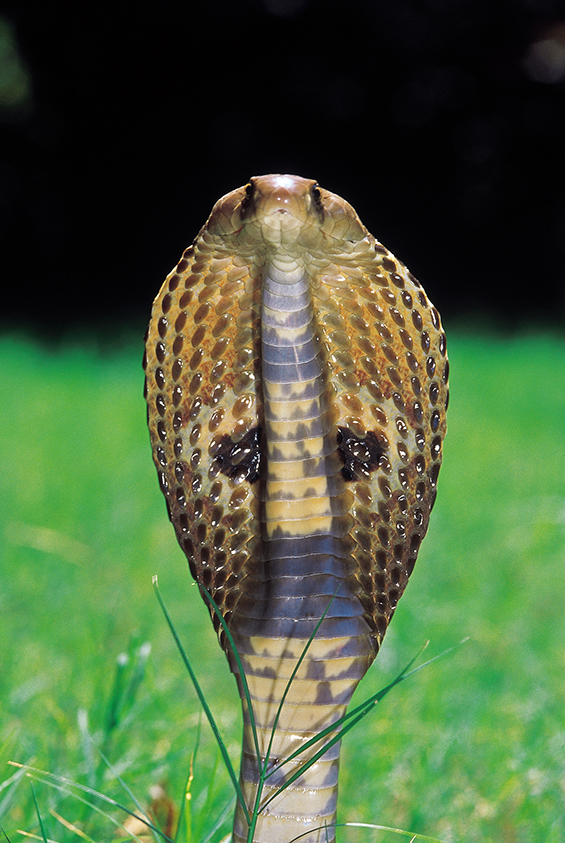
Alarmingly, the results of these studies along with an older study on the venom profiling of the ‘big four’ by the same team (which includes Romulus Whitaker, Gerard Martin, and Nicholas Casewell), show the preclinical ineffectiveness of commercial antivenoms in neutralising the venoms of the North Indian populations of three of the ‘big four’ snakes, he says.
The researchers highlight the urgent need for immediate production of region-specific antivenoms in snakebite hotspots of the country. As a long-term strategy, they also suggest developing an antivenom effective across India that would be evaluated by clinical trials. Sunagar also stresses the importance of developing recombinant antivenoms (which can be produced in cells on culture plates instead of the current method of using horse antibodies) for increased efficacy, specificity, and safety – another area that his lab is working on.

